ANSI X3.263-1995
for Information Technology –
Fibre Distributed Data
Interface (FDDI) –
Token Ring Twisted
Pair Physical Layer Medium
Dependent (TP-PMD)
5
9
9
1
-
3
6
2
.
3
X
I
S
N
A
American National Standards Institute
11 West 42nd Street
New York, New York
10036
�
�
ANSI
X3.263-1995
®
American National Standard
for Information Technology –
Fibre Distributed Data Interface (FDDI) –
Token Ring Twisted Pair Physical
Layer Medium Dependent (TP-PMD)
Secretariat
Information Technology Industry Council
Approved September 25, 1995
American National Standards Institute, Inc.
Abstract
The described Twisted Pair Physical Layer Medium Dependent Standard is intended for use in a
high-performance multistation network. This protocol is designed to be effective at 100 megabits
per second using a token ring architecture and twisted pair cabling as the transmission medium
over link distances of up to one hundred meters.
�
American
National
Standard
Approval of an American National Standard requires review by ANSI that the
requirements for due process, consensus, and other criteria for approval have
been met by the standards developer.
Consensus is established when, in the judgment of the ANSI Board of Standards
Review, substantial agreement has been reached by directly and materially
affected interests. Substantial agreement means much more than a simple
majority, but not necessarily unanimity. Consensus requires that all views and
objections be considered, and that a concerted effort be made toward their
resolution.
The use of American National Standards is completely voluntary; their existence
does not in any respect preclude anyone, whether he has approved the standards
or not, from manufacturing, marketing, purchasing, or using products, processes,
or procedures not conforming to the standards.
The American National Standards Institute does not develop standards and will in
no circumstances give an interpretation of any American National Standard.
Moreover, no person shall have the right or authority to issue an interpretation of
an American National Standard in the name of the American National Standards
Institute. Requests for interpretations should be addressed to the secretariat or
sponsor whose name appears on the title page of this standard.
CAUTION NOTICE: This American National Standard may be revised or
withdrawn at any time. The procedures of the American National Standards
Institute require that action be taken periodically to reaffirm, revise, or withdraw
this standard. Purchasers of American National Standards may receive current
information on all standards by calling or writing the American National Standards
Institute.
Published by
American National Standards Institute
11 West 42nd Street, New York, New York 10036
Copyright 1995 by Information Technology Industry Council (ITI)
All rights reserved.
No part of this publication may be reproduced in any
form, in an electronic retrieval system or otherwise,
without prior written permission of ITI, 1250 Eye Street NW,
Washington, DC 20005.
Printed in the United States of America
�
Contents
Page
Foreword.................................................................................................iii
1
2
3
4
5
6
7
8
Scope ..............................................................................................1
Normative references .......................................................................2
Definitions ........................................................................................3
Conventions and abbreviations .........................................................5
4.1
4.2
Conventions............................................................................5
Abbreviations..........................................................................6
General description ..........................................................................7
5.1
5.2
Ring overview .........................................................................7
Environment ...........................................................................9
Services .........................................................................................11
6.1
6.2
TP-PMD-to-PHY services ......................................................11
TP-PMD-to-SMT services ......................................................14
Media independent operations ........................................................16
7.1
7.2
Transmit function ..................................................................17
Receive function ...................................................................20
Media interface connector specifications .........................................23
8.1 Media interface connectors ...................................................24
Testing recommendations .....................................................27
8.2
Station labeling .....................................................................27
8.3
8.4
Isolation requirements...........................................................27
9
Media signal interface.....................................................................28
9.1
9.2
Active Output Interface..........................................................28
Active Input Interface specifications ......................................31
10
Interface signals .............................................................................33
10.1 Receiver ...............................................................................33
10.2 Transmitter ...........................................................................36
11 Cable plant interface specification ..................................................36
11.1 Cable plant specification .......................................................36
11.2 Crossover function ................................................................38
11.3 Connectors, cords, and cross-connect equipment .................38
Tables
1
2
3
4
UTP-MIC contact assignments ........................................................24
STP-MIC contact assignments ........................................................26
Twisted Pair Active Output Interface characteristics ........................31
Signal_Detect summary .................................................................35
Figures
1
FDDI links and connections ..............................................................7
i
�
Page
FDDI topology example ....................................................................8
FDDI representative distribution environment example ....................10
Dual attachment TP-PMD services..................................................12
TP-PMD functions ..........................................................................16
Encoder state diagram....................................................................19
Decoder state diagram....................................................................21
Example of a UTP-MIC receptacle ..................................................24
Example of a UTP-MIC plug............................................................25
2
3
4
5
6
7
8
9
10 Example of a STP-MIC receptacle ..................................................26
11 Example of a STP-MIC plug ............................................................26
12 Active output interface overshoot ....................................................29
13
Inductance measurement technique ................................................30
14 Active output interface duty cycle distortion.....................................31
15 Differential input signals .................................................................32
16 Common mode rejection .................................................................33
17 Signal_Detect assertion threshold...................................................34
18 Signal_Detect threshold and timing .................................................35
19 Mask of permitted cable plant reference insertion loss
and reference crosstalk attenuation ................................................37
Annexes
Test procedures .............................................................................39
Electrical interface considerations...................................................48
Example of system jitter allocation ..................................................50
Labeling considerations ..................................................................52
Alternative cable plant usage ..........................................................54
Impedance and insertion loss deviation...........................................55
Stream cipher scrambling function ..................................................56
Equipment cabling in a structured cabling context ...........................64
Common mode cable termination ....................................................65
Twisted Pair Active Output Interface template .................................67
Bibliography ...................................................................................68
A
B
C
D
E
F
G
H
I
J
K
ii
�
Foreword (This foreword is not part of American National Standard X3.263-1995.)
The Fibre Distributed Data Interface (FDDI) is intended for use in a high-
performance general purpose multi-station network and is designed for
efficient operation with a peak data rate of 100 Mbit/s. It uses a Token
Ring architecture with optical fibre as the primary transmission medium.
FDDI provides for hundreds of stations operating over an extent of tens of
kilometers.
The FDDI Token ring twisted pair physical layer medium dependent (TP-
PMD) standard specifies the lower sublayer of the Physical Layer for FDDI
for operation on twisted pair cables. As such it specifies the power levels
and characteristics of the transmitter and receiver, and the interface signal
requirements including jitter. TP-PMD also specifies the connector details,
the requirements of conforming FDDI cable plants, and the permissible bit
error rates. TP-PMD is designed to operate with one twisted pair in each
direction.
TP-PMD is one of a set of American National Standard alternative PMDs
being developed, or already developed, for FDDI. This set includes the
original PMD for multimode fibre, the Single Mode Fibre PMD (SMF-PMD),
and the Low Cost Fibre PMD (LCF-PMD).
The set of FDDI standards, when completed, will include the following
standards:
a) A FDDI PART: Token ring physical layer protocol (PHY), which speci-
fies the upper sublayer of the physical layer for the FDDI, including the
data encode/decode, framing and clocking, as well as the elasticity
buffer, smoothing, and repeat filter functions;
b) A FDDI PART: Token ring media access control (MAC),which speci-
fies the lower sublayer of the data link layer for FDDI, including the
access to the medium, addressing, data checking, and data framing;
c) A FDDI PART: Token ring station management (SMT), which speci-
fies the local portion of the system management application process for
FDDI, including the control required for proper operation of a station in
an FDDI ring.
American National Standards for FDDI MAC (ANSI X3.139-1987), FDDI
PHY (ANSI X3.148-1988), and FDDI PMD (ANSI X3.166-1990) have been
approved and published. In addition, FDDI standards are being processed
as International Standards by standards committee ISO/IEC JTC 1/SC 25.
International standards for FDDI PHY, FDDI MAC, and FDDI PMD (ISO
9314-1:1989, 9314-2:1989 and ISO/IEC 9314-3:1990, respectively) have
also been published.
An extension to the basic FDDI is now in the X3 approval process. The
standard FDDI HRC, commonly known as FDDI-II, will extend the capabili-
ty of FDDI to handle isochronous data streams at a multiplicity of data
rates.
A standard for an enhancement to MAC is in process. This standard will be
referred to as FDDI MAC-2 when it is necessary to distinguish it from the
approved FDDI MAC standard ANSI X3.139-1988. Changes to be consid-
ered for this update of the FDDI MAC standard include those identified in
footnotes in the published standard on MAC as areas that the standards
iii
�
committee intended to change as well as changes that may be required for
any proposed extensions to FDDI, such as FDDI-II or MAC Bridging. A
similar enhancement project is in process for the FDDI PHY standard. This
standard will be referred to as FDDI PHY-2.
The text and format of this FDDI TP-PMD standard is based upon the
International FDDI PMD standard ISO/IEC 9314-3. As a consequence, cer-
tain conventions, references, spelling, and units commonly used in
International Standards have been used in this standard. These are differ-
ent from those normally used in American National Standards, but are not
expected to cause difficulty in understanding or use.
This standard contains 11 annexes. Annex A is normative and is consid-
ered part of this standard. Annexes B–K are for information only.
Requests for interpretation, suggestions for improvement or addenda, or
defect reports are welcome. They should be sent to the ITI, 1250 Eye
Street, NW, Washington, DC 20005.
This standard was processed and approved for submittal to ANSI by the
Accredited Standards Committee on Information Technology, X3.
Committee approval of this standard does not necessarily imply that all
committee members voted for its approval. At the time it approved this
standard, the X3 Committee had the following members:
James D. Converse, Chair
Donald C. Loughry, Vice-Chair
Joanne Flanagan, Secretary
Organization Represented
American Nuclear Society..................................................Geraldine C. Main
Sally Hartzell (Alt.)
Name of Representative
AMP, Inc. ..........................................................................Edward Kelly
Charles Brill (Alt.)
Apple Computer, Inc. .........................................................David K. Michael
AT&T Global Information Systems .....................................Robert K. Kramer
Thomas F. Frost (Alt.)
Bull HN Information Systems, Inc.......................................William M. George, Jr.
Compaq Computers...........................................................Mitesh Patel
Digital Equipment Corporation ...........................................Scott K. Jameson
Richard Hovey (Alt.)
Eastman Kodak Company..................................................James D. Converse
Michael Nier (Alt.)
Hewlett-Packard ................................................................Donald C. Loughry
Hitachi America, Ltd. .........................................................John Neumann
Hughes Aircraft Company ..................................................Harold Zebrack
IBM Corporation ................................................................Joel Urman
Karen Higgenbottom (Alt.)
Kei Yamashita (Alt.)
Mary Anne Lawler (Alt.)
Institute for Certification of Computer
Professionals (ICCP) .......................................................Kenneth Zemrowski
National Communications Systems ....................................Dennis Bodson
National Institute of Standards and Technology..................Michael D. Hogan
Neville & Associates ..........................................................Carlton Neville
Northern Telecom, Inc. ......................................................Mel Woinsky
Granger Kelley (Alt.)
James H. Burrows (Alt.)
John Pugh (Alt.)
Recognition Technology Users Association ........................Herbert P. Schantz
Gerald Farmer (Alt.)
Share, Inc. ........................................................................Gary Ainsworth
David Thewlis (Alt.)
iv
�
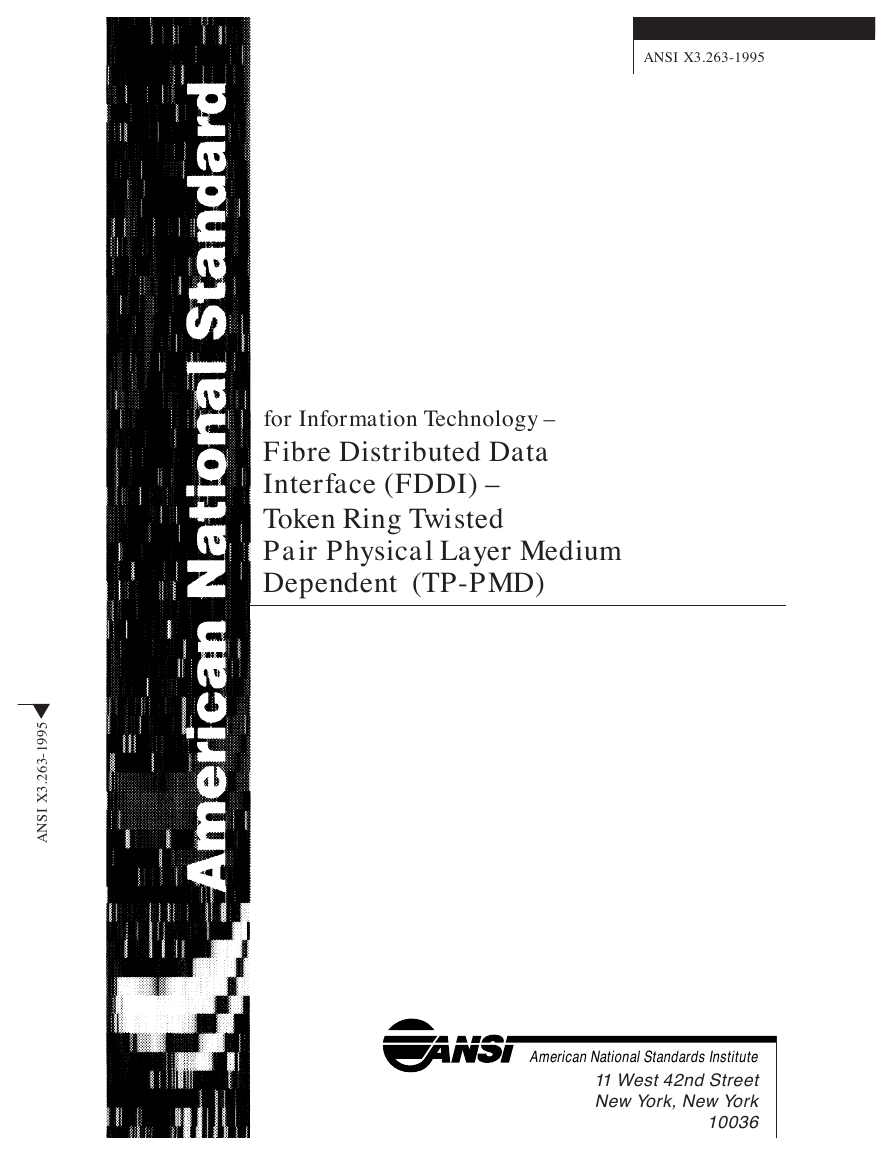

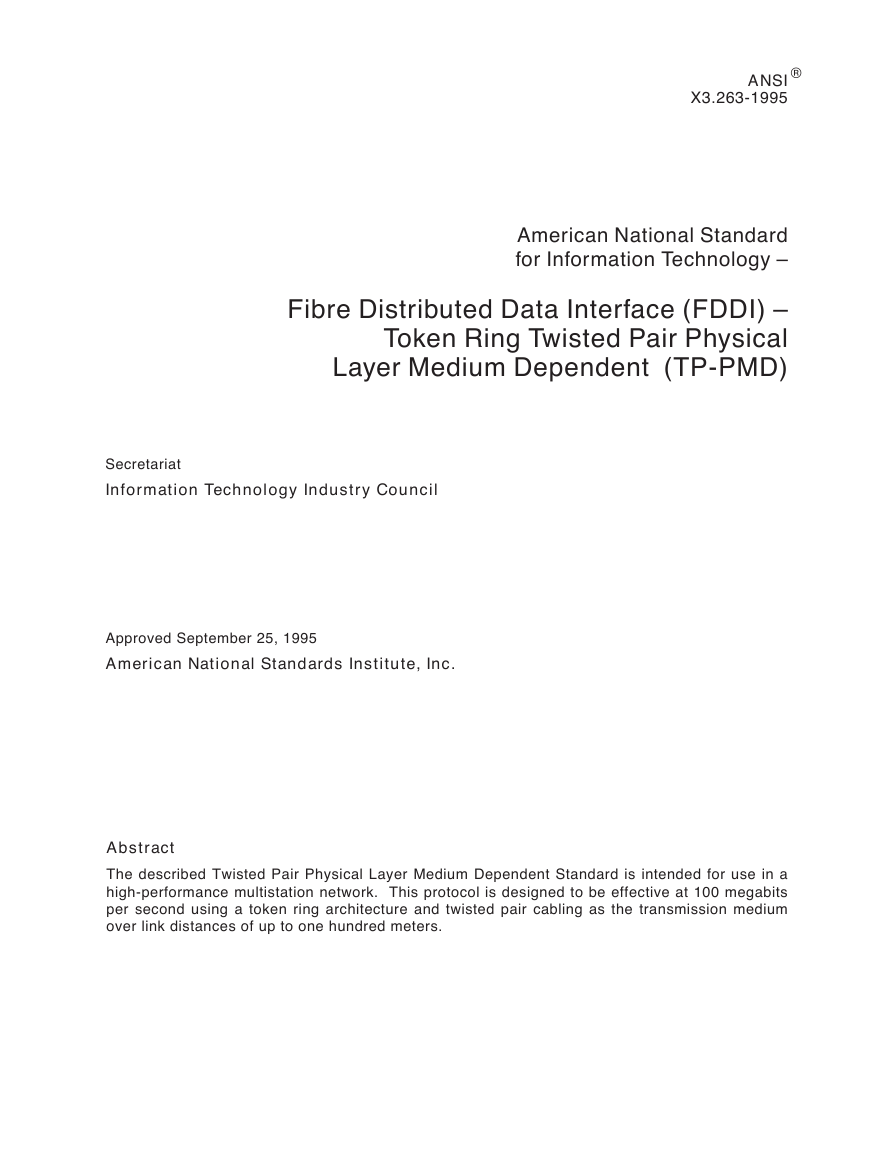
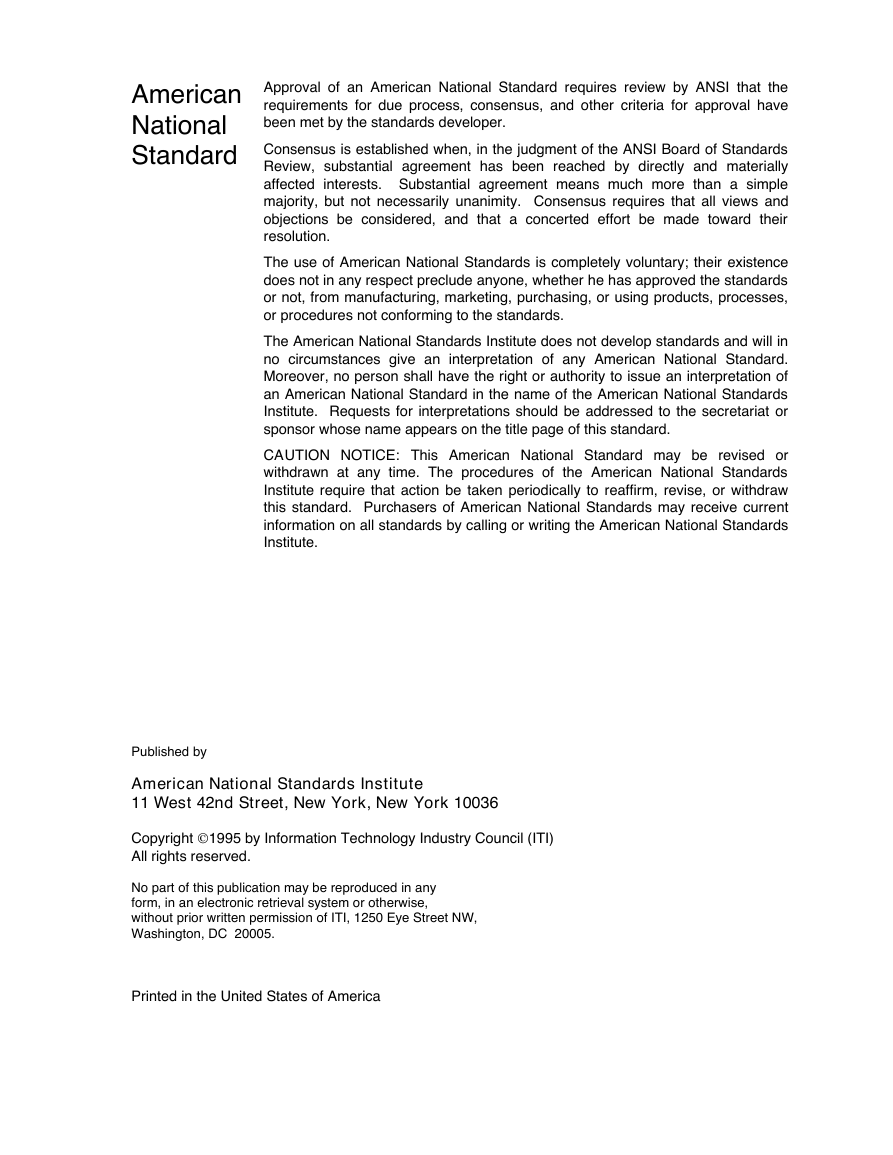
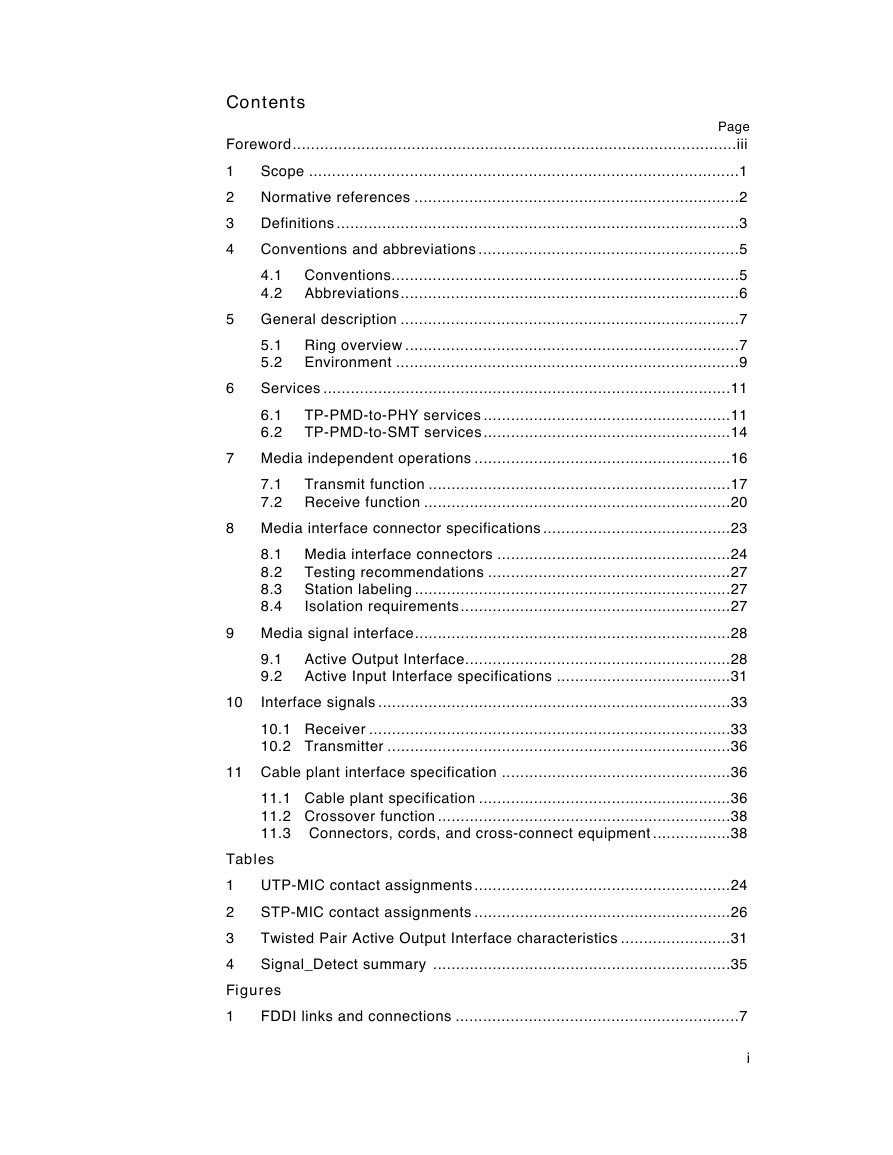


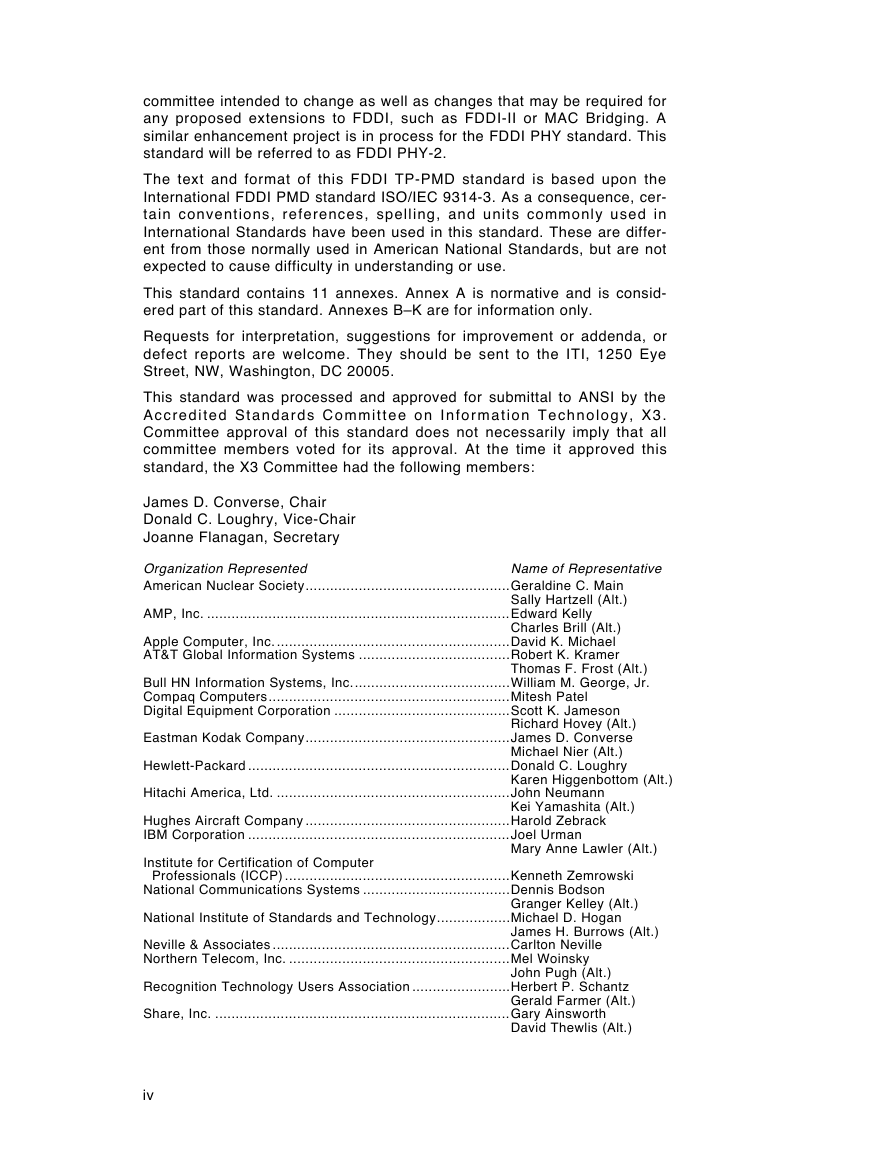








 2023年江西萍乡中考道德与法治真题及答案.doc
2023年江西萍乡中考道德与法治真题及答案.doc 2012年重庆南川中考生物真题及答案.doc
2012年重庆南川中考生物真题及答案.doc 2013年江西师范大学地理学综合及文艺理论基础考研真题.doc
2013年江西师范大学地理学综合及文艺理论基础考研真题.doc 2020年四川甘孜小升初语文真题及答案I卷.doc
2020年四川甘孜小升初语文真题及答案I卷.doc 2020年注册岩土工程师专业基础考试真题及答案.doc
2020年注册岩土工程师专业基础考试真题及答案.doc 2023-2024学年福建省厦门市九年级上学期数学月考试题及答案.doc
2023-2024学年福建省厦门市九年级上学期数学月考试题及答案.doc 2021-2022学年辽宁省沈阳市大东区九年级上学期语文期末试题及答案.doc
2021-2022学年辽宁省沈阳市大东区九年级上学期语文期末试题及答案.doc 2022-2023学年北京东城区初三第一学期物理期末试卷及答案.doc
2022-2023学年北京东城区初三第一学期物理期末试卷及答案.doc 2018上半年江西教师资格初中地理学科知识与教学能力真题及答案.doc
2018上半年江西教师资格初中地理学科知识与教学能力真题及答案.doc 2012年河北国家公务员申论考试真题及答案-省级.doc
2012年河北国家公务员申论考试真题及答案-省级.doc 2020-2021学年江苏省扬州市江都区邵樊片九年级上学期数学第一次质量检测试题及答案.doc
2020-2021学年江苏省扬州市江都区邵樊片九年级上学期数学第一次质量检测试题及答案.doc 2022下半年黑龙江教师资格证中学综合素质真题及答案.doc
2022下半年黑龙江教师资格证中学综合素质真题及答案.doc